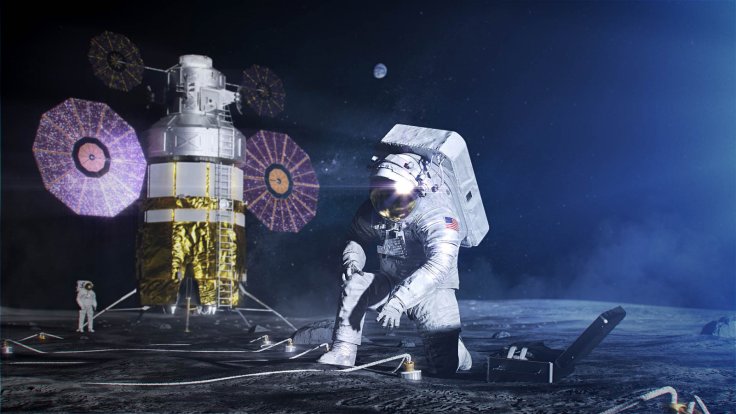NASA has developed a new beacon technology specifically designed for search and rescue operations. According to the agency, the beacon has accurate and precise location-tracking capabilities that can reduce the search radius to just a couple of meters.
The new technology will be first used by the agency's astronauts who will participate in the first mission of the Artemis program. They can use the beacon once they have returned from space.
NASA And Cospas-Sarsat
The new beacon technology, named as the Advanced Next-Generation Emergency Locator (ANGEL), was developed by NASA's Search And Rescue Office (SAR) for the Cospas-Sarsat program. Founded in 1979, this is an international program supported by 45 countries and organizations around the globe. The main goal of this program is to provide first responders with satellite-assisted technology when carrying out rescue operations.
The first beacon model used for the program was primarily used by aircraft pilots, sailors and explorers who travel around the world. It was designed to be used in emergency situations that call for search and rescue procedures.
The Next-Generation Search And Rescue Beacon
For the latest model, SAR refined the technology of the ANGEL beacon in order to allow it to provide accurate calculations when it comes to location tracking. Compared to its predecessor, the new ANGEL beacon can provide a smaller search radius, which can significantly make rescue operations more efficient.
"It's improving our beacon location accuracy from kilometers to meters," George Theodorakos, the chief engineer for SAR said in a statement. "With a signal burst, we can calculate an accurate latitude and longitude location, which is significantly faster than the previous system."

Equipping NASA Astronauts With ANGEL Beacons
The first individuals who will be able to test and use the ANGEL beacons in the field will be NASA's astronauts who are set to explore the Moon for the Artemis program. The beacons will be attached to the special life vests of the astronauts, which they can activate after they've returned to Earth from their mission.
"Under normal circumstances, the Orion capsule will be pulled onto the deck of a ship and astronauts will be removed by military and NASA personnel," Cody Kelly, the survival and rescue engineer at NASA's Johnson SPACE Center said. "If the crew needs to egress into the water for whatever reason, they're equipped with our life preservers, rafts and ANGEL beacons to ensure their quick recovery," he added.









